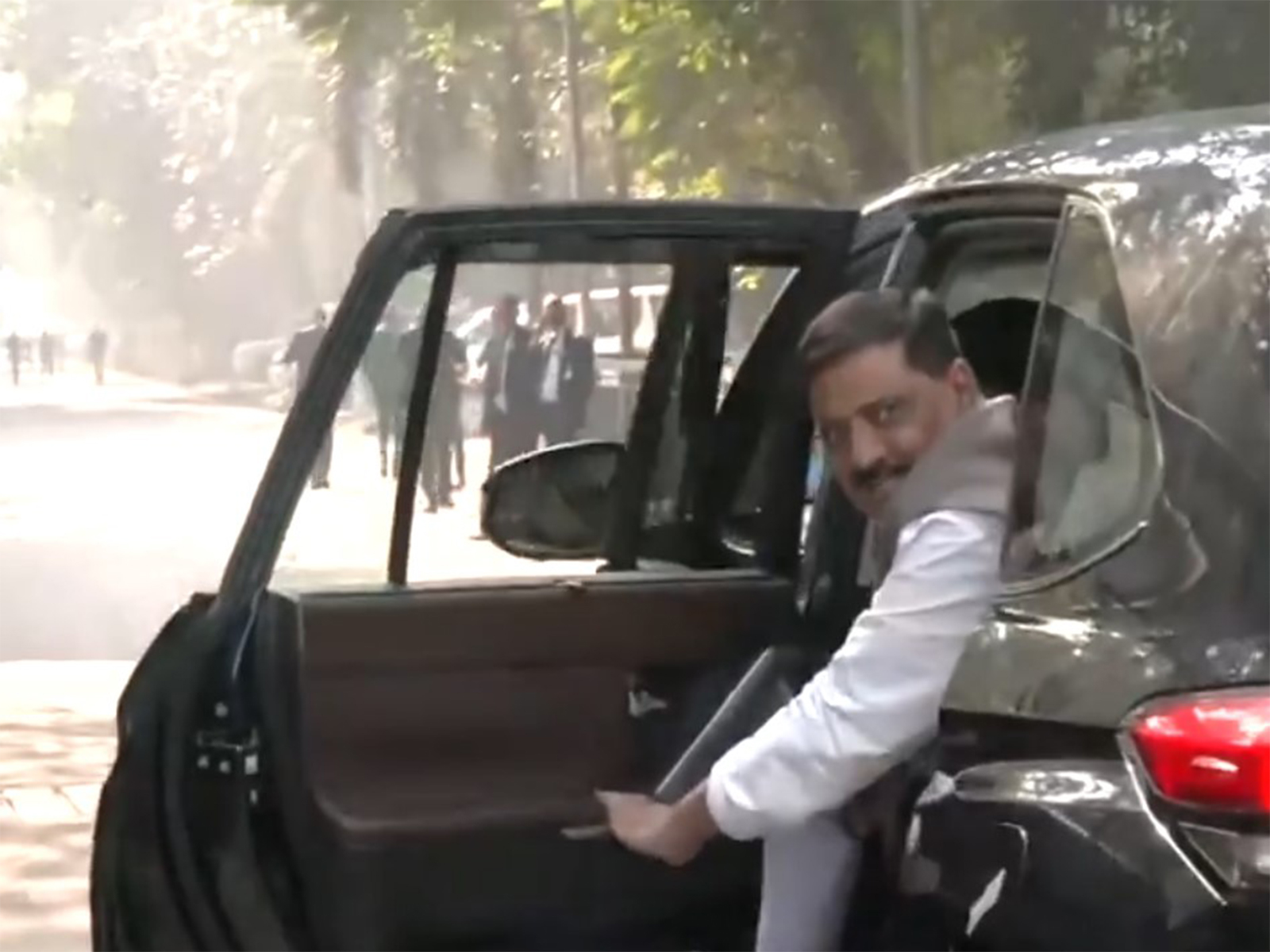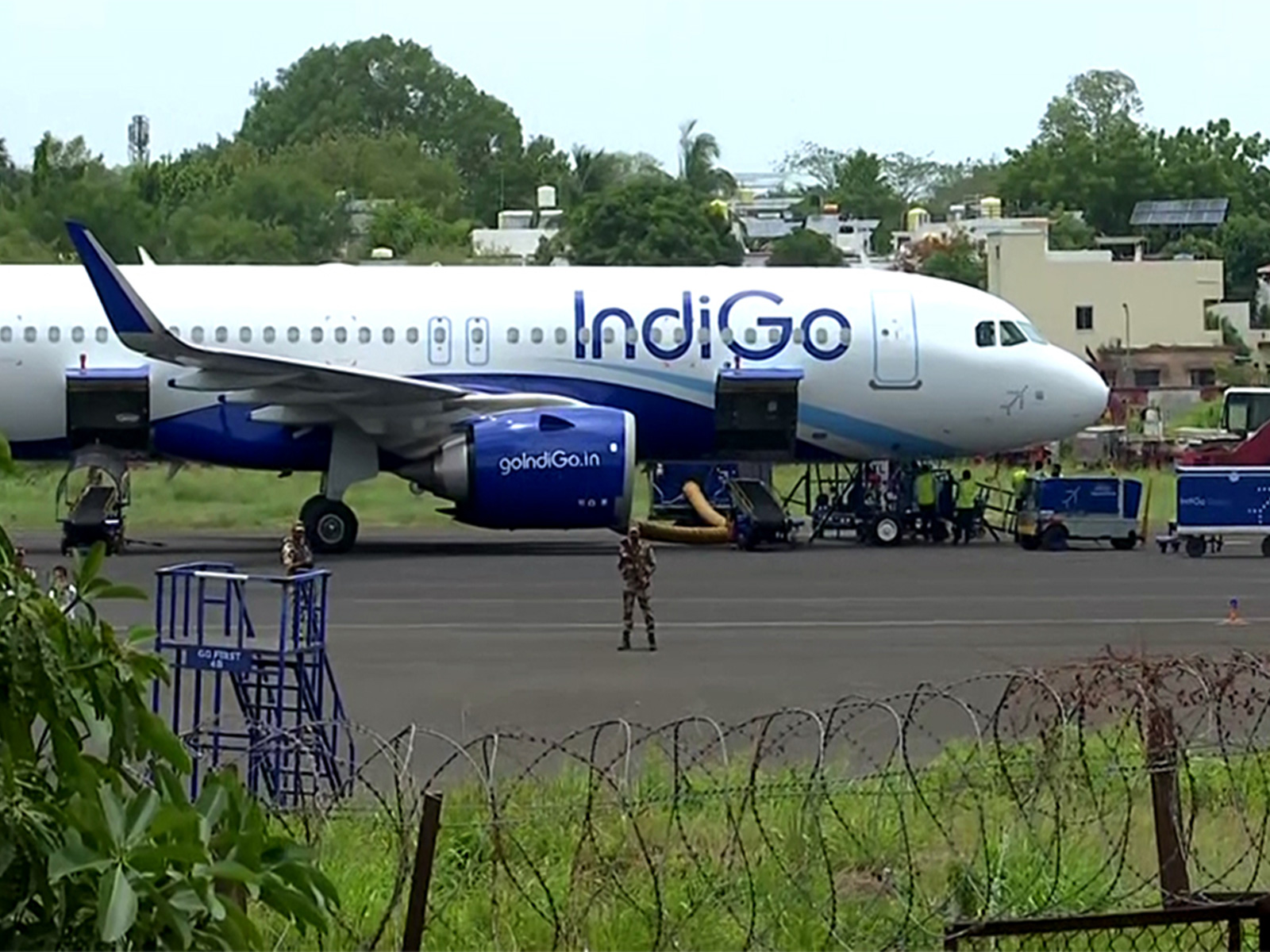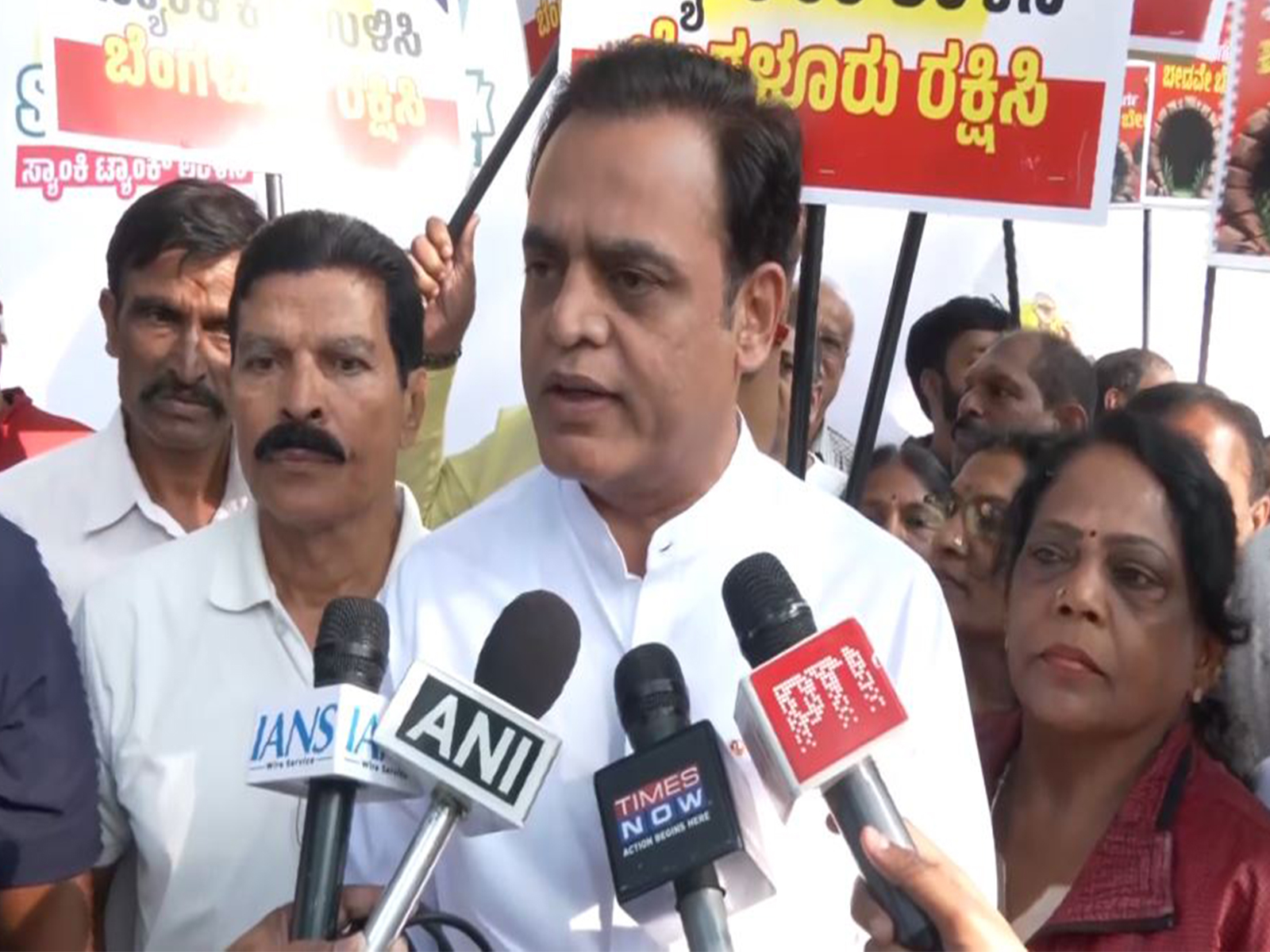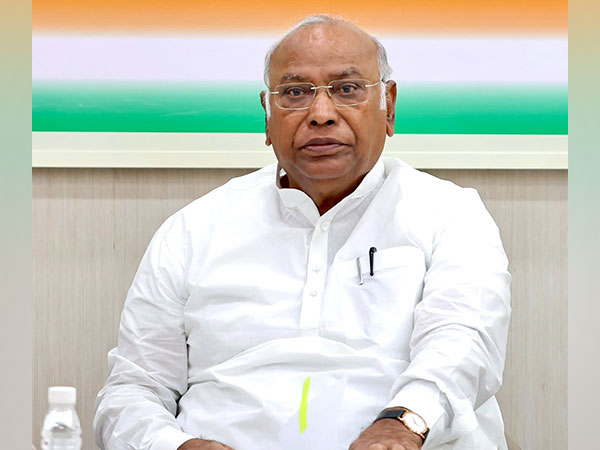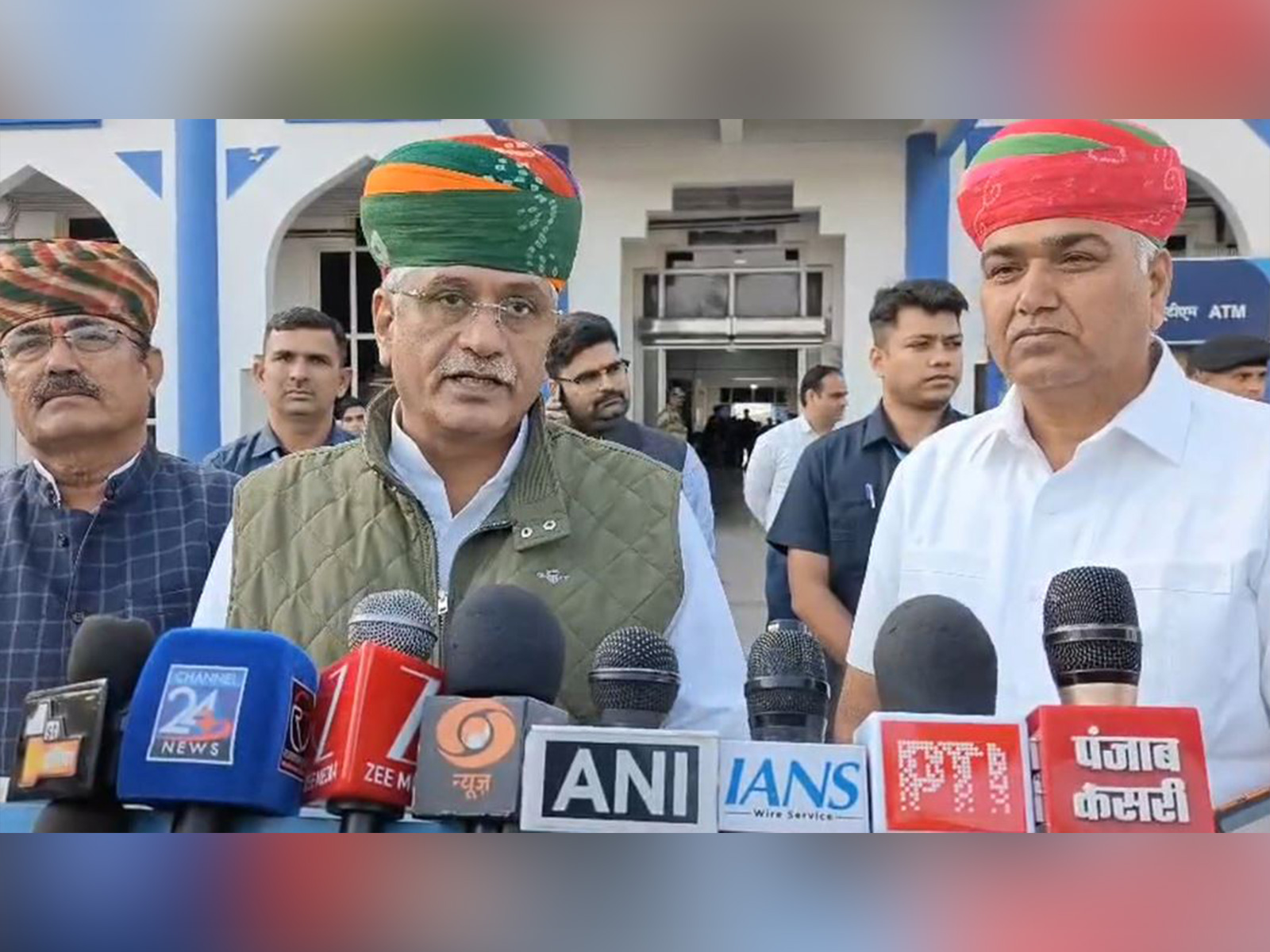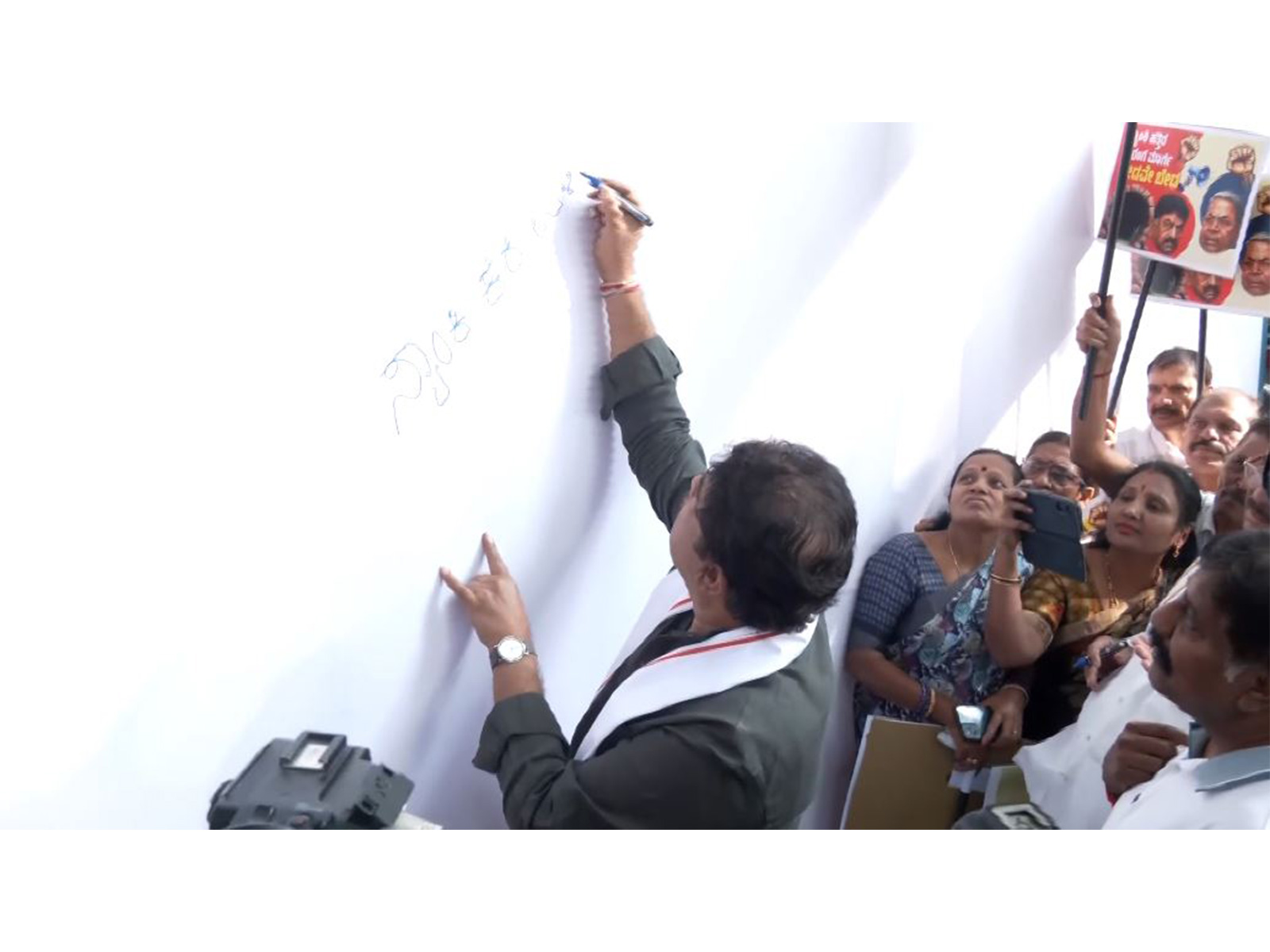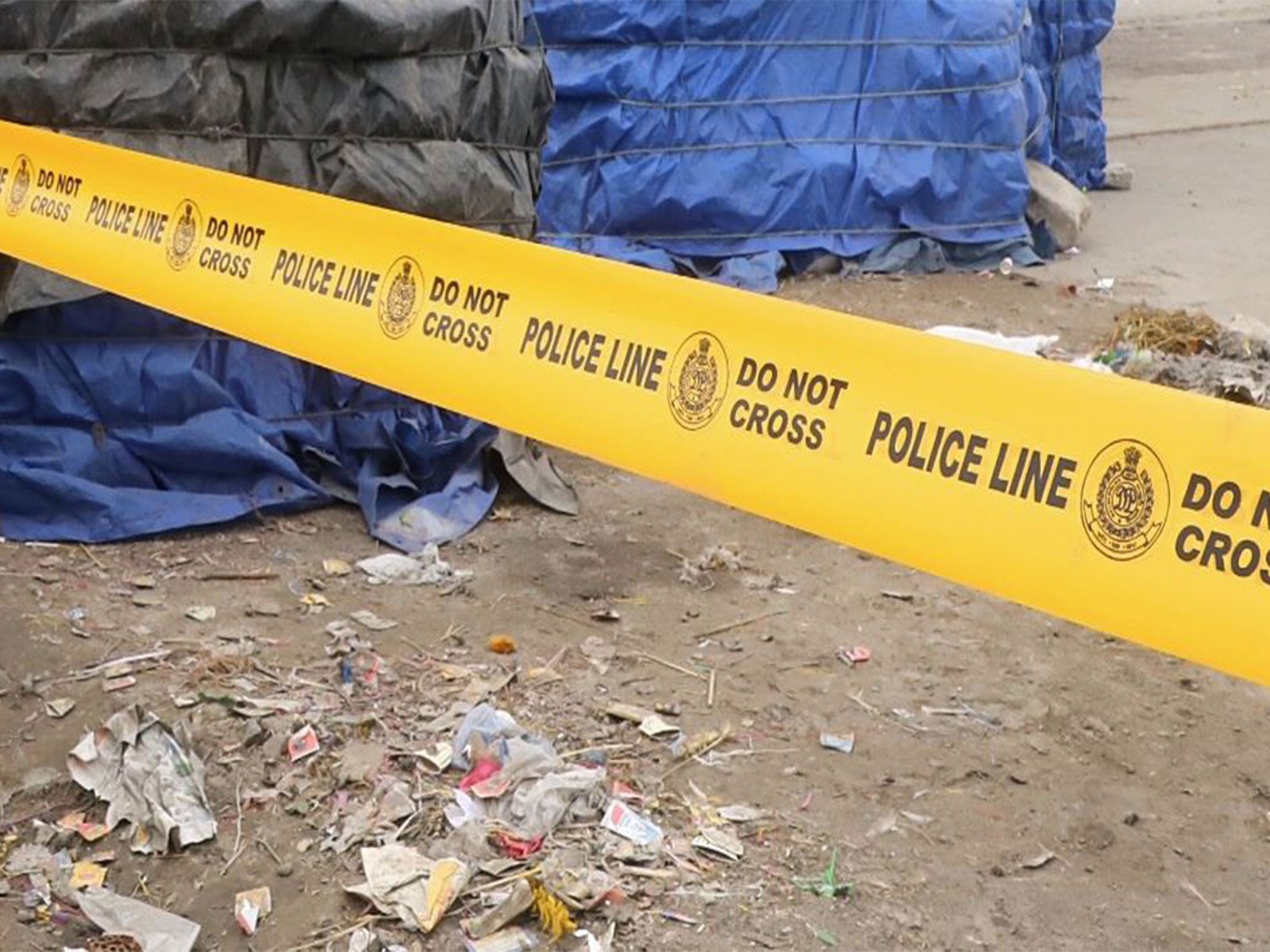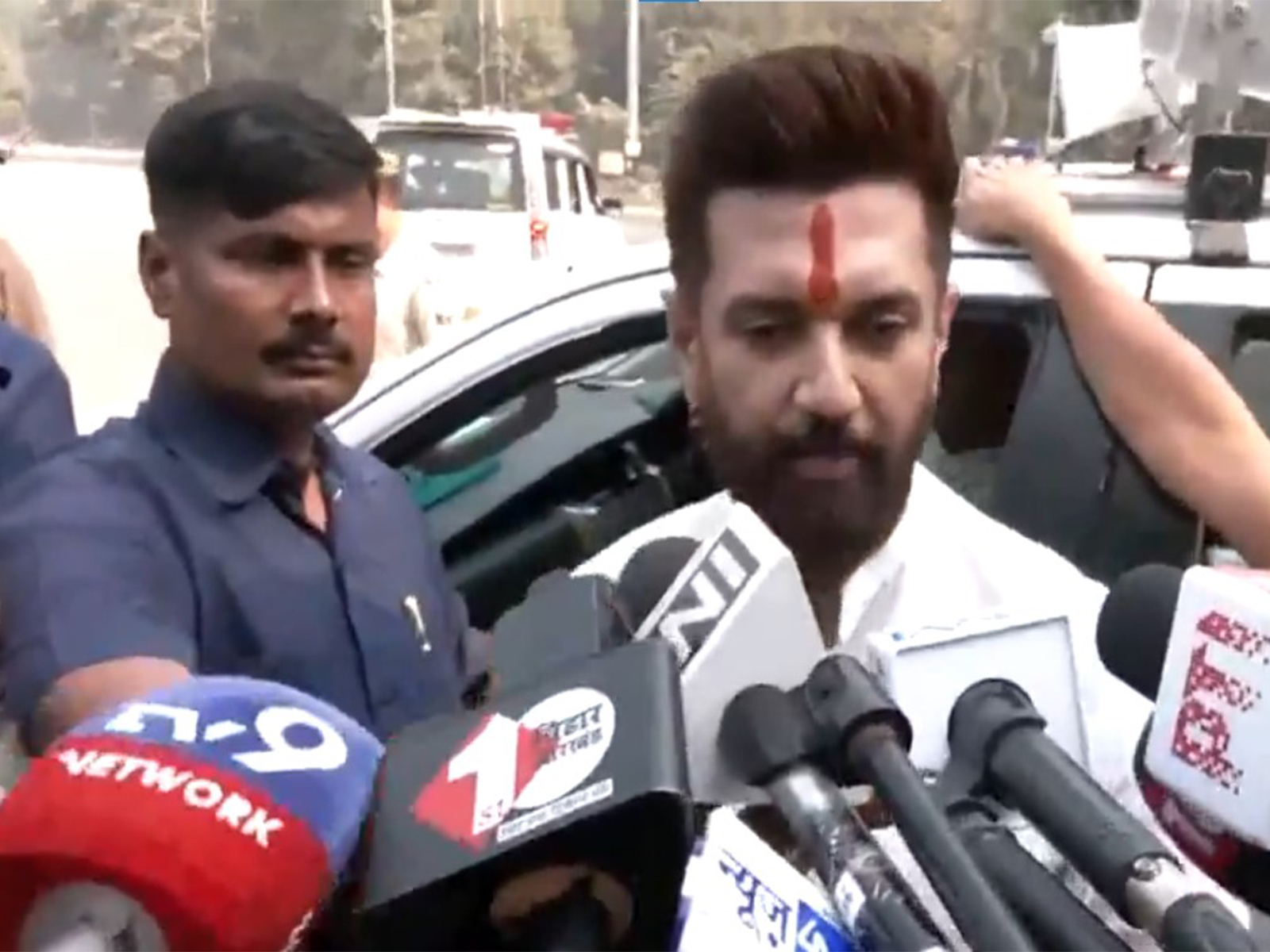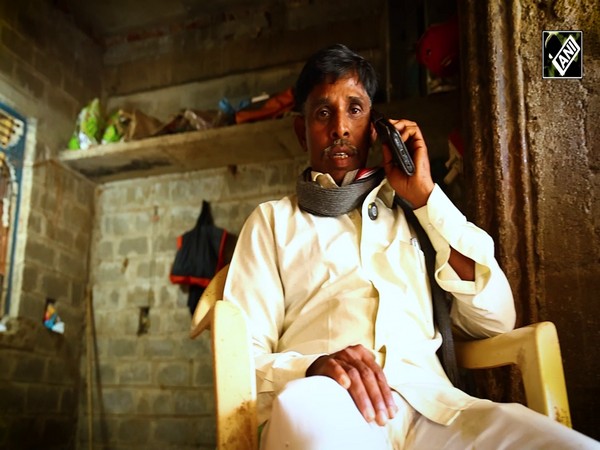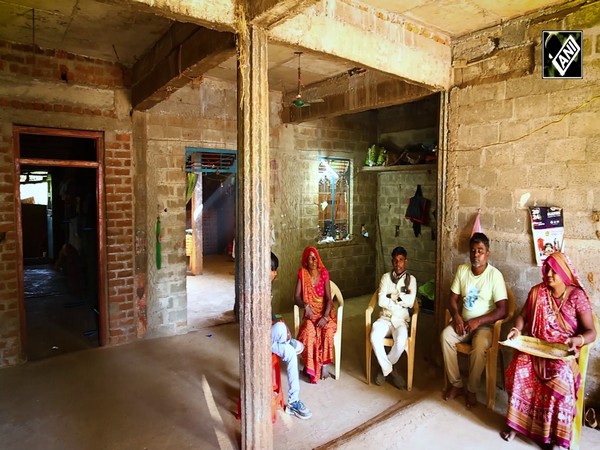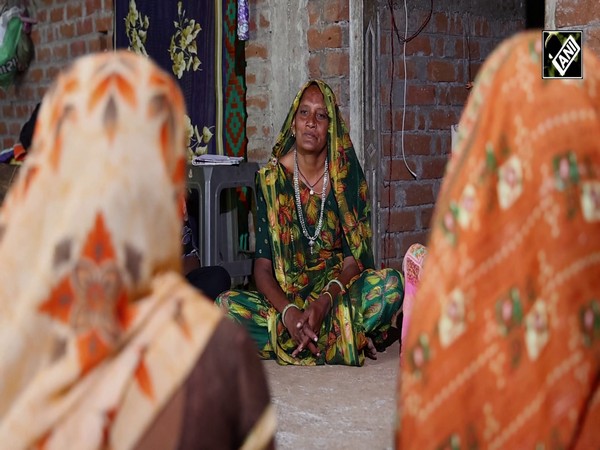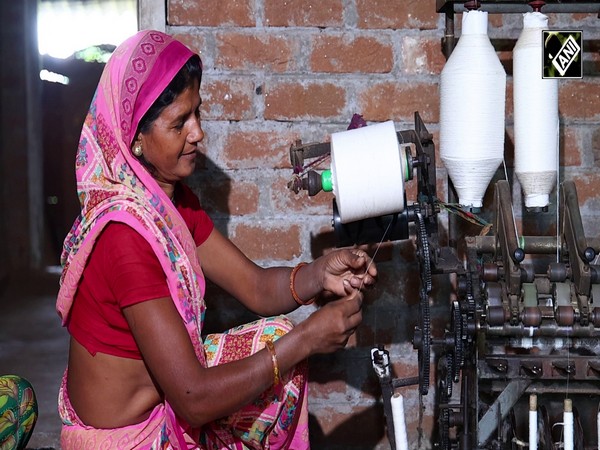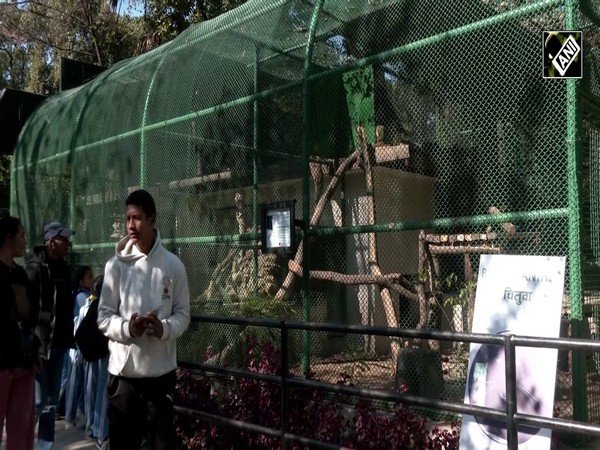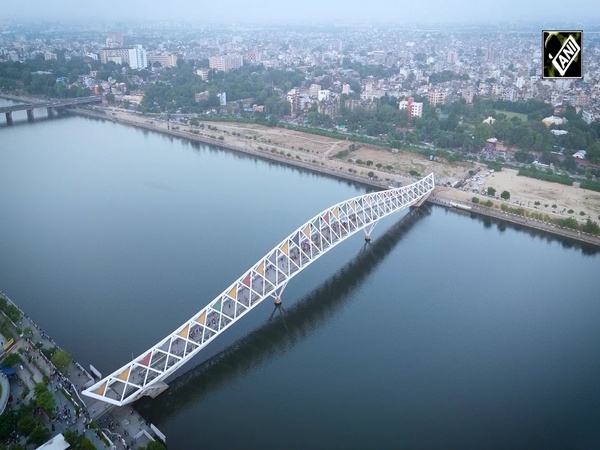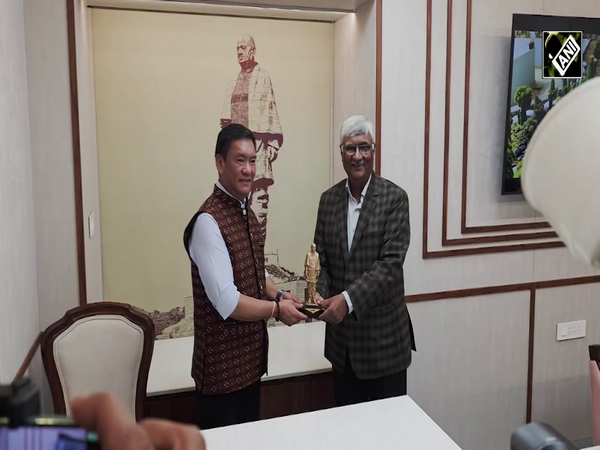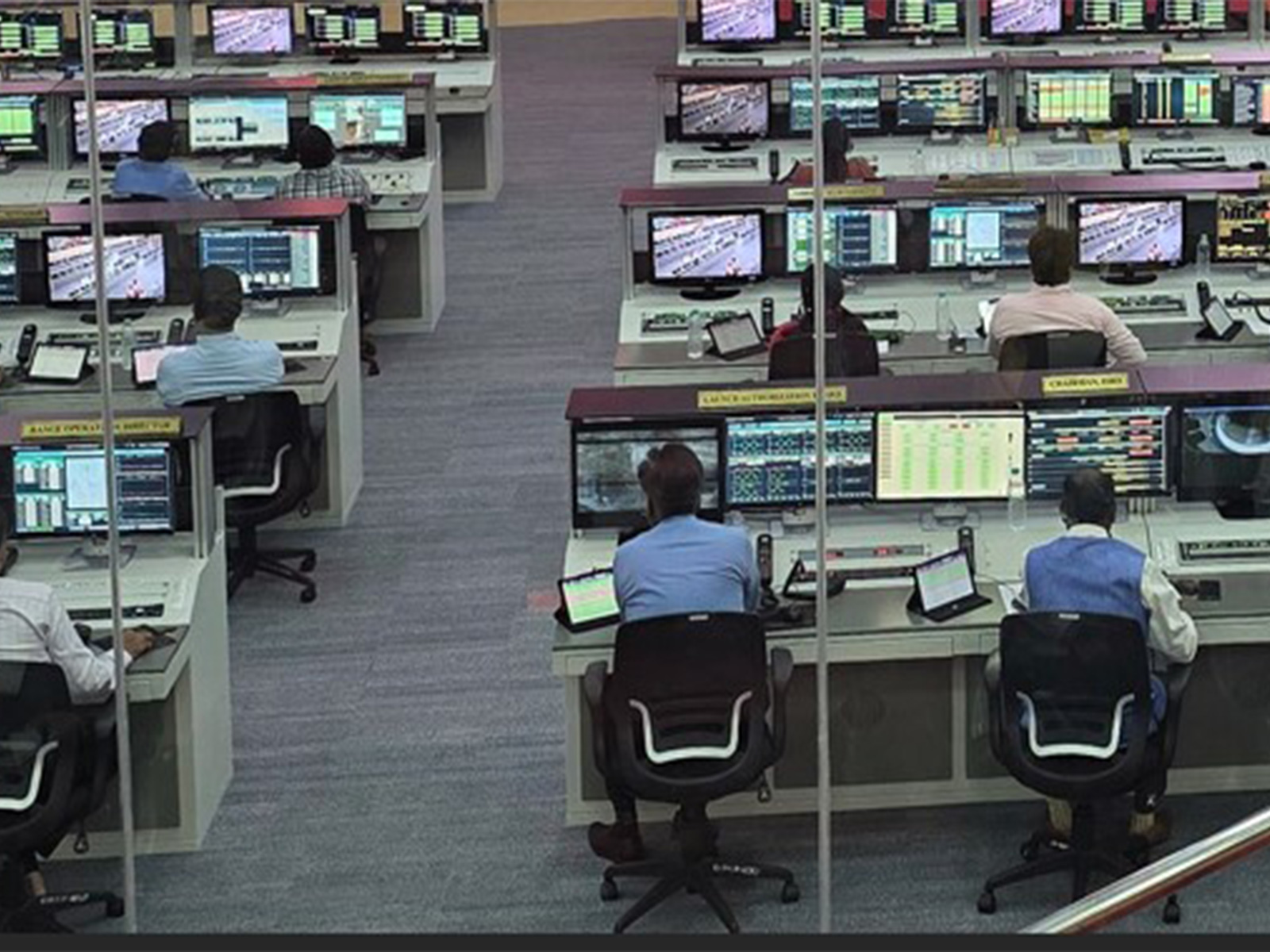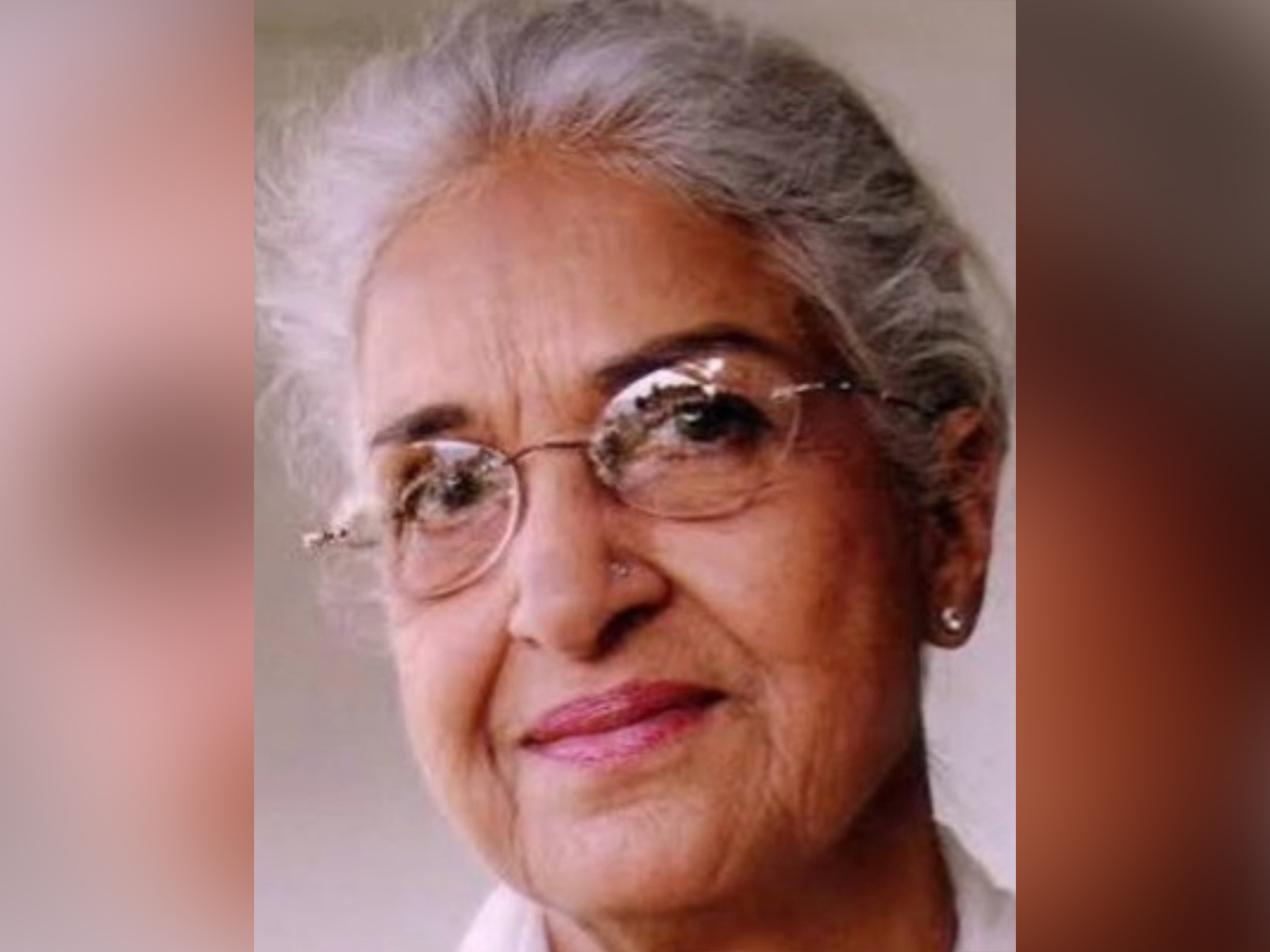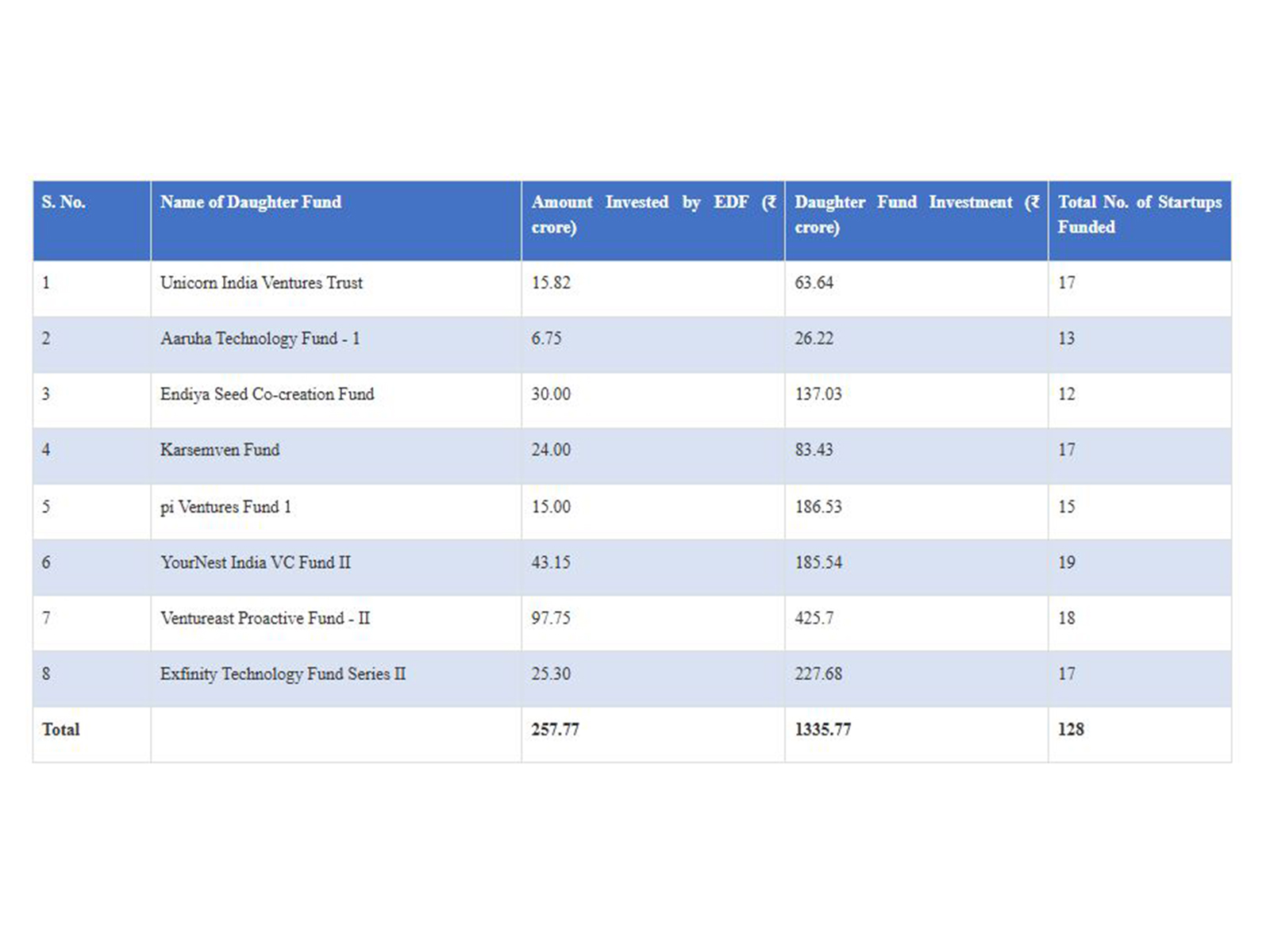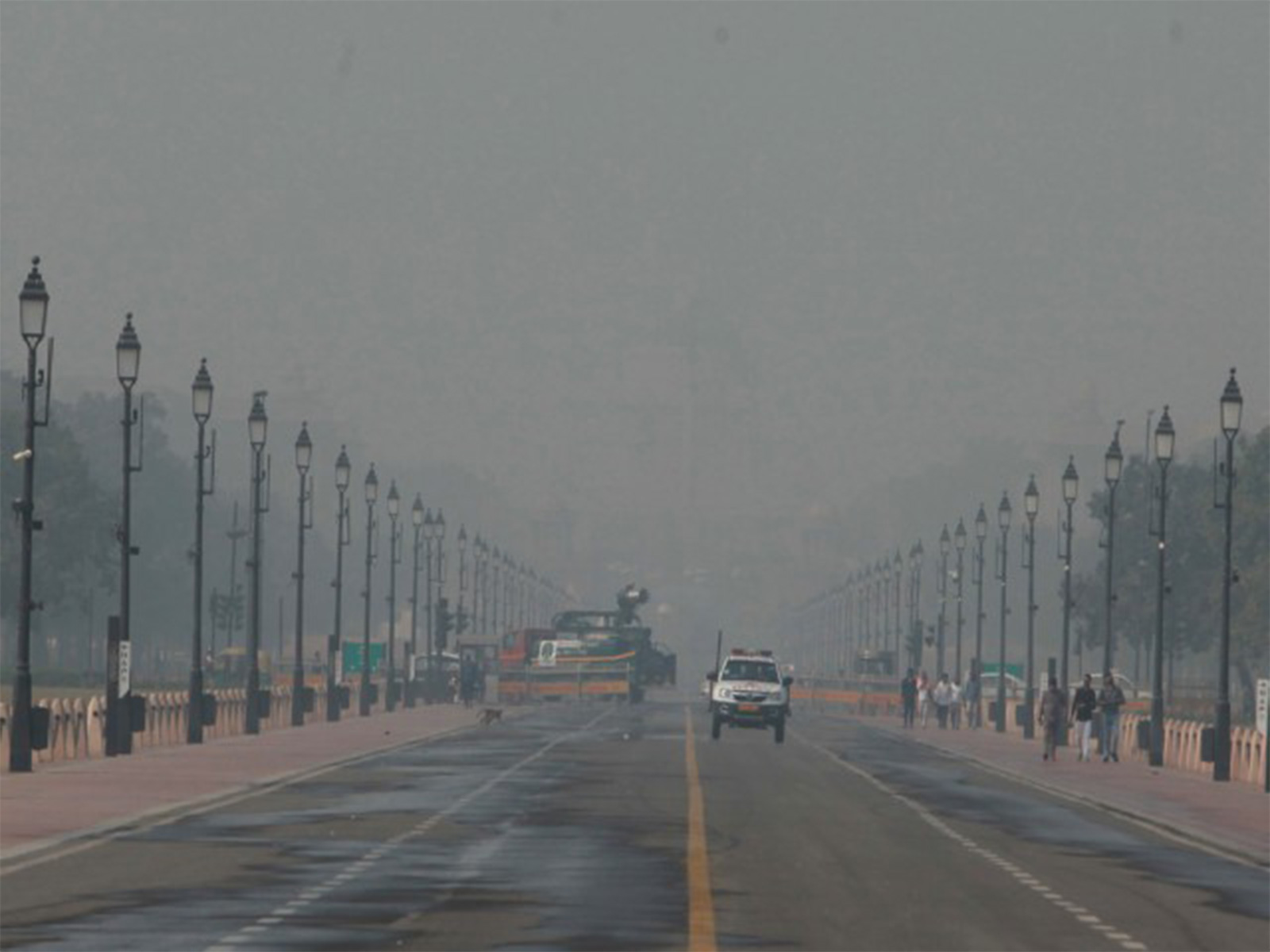
Delhi pollution: CAQM mulls dust sensors on NCR roads to monitor toxic air
Nov 15, 2025
By Vishu Adhana
New Delhi [India], November 15 : The Centre's air pollution mitigation body is examining a plan to install dust sensors along key stretches of Delhi and the adjoining NCR region to monitor road dust, one of the major contributors to the capital's particulate pollution load.
According to officials aware of discussions, the Commission for Air Quality Management (CAQM) is holding consultations with experts to evaluate the accuracy and reliability of the sensors and to identify priority stretches where the technology can be deployed most effectively.
Environmental experts have voiced that installing sensors could be a positive step, while stressing that the real impact will depend on follow-up action. "Sensors can give us more data, but what is critical is taking definitive steps to reduce emissions from all sources," an expert said.
The move is being envisioned as part of a broader strategy to strengthen Delhi-NCR's dust management systems, especially during severe air pollution episodes when micro-level interventions become critical.
Delhi is choked by hazardous air episodes every year, with pollution levels remaining in the 'severe' category for several days at a stretch.
Road dust remains one of the largest contributors to particulate pollution in the Delhi-NCR region, particularly for coarse particles (PM10). The Indian Institute of Tropical Meteorology's Decision Support System showed that Delhi transport contributed to 19.88 per cent of the PM 2.5 concentration in Delhi on Friday.
Officials said the sensors will help pinpoint road-dust sources at a time when every micro-level intervention is critical.
This is the next level of on-road standards. Sensors can be installed on the roads so we know how much dust is being generated and exactly where, officials commented.
Welcoming this, Sunil Dahiya, Founder and Lead Analyst at Envirocatalysts, said the data from the sensors should be made available to the public to ensure the effectiveness of the program and to promote transparency and accountability.
He added: "While sensors can give us more data, what is critical is that we prioritise reducing emissions from all sources. Monitoring is the DPCC and CPCB's mandate, CAQM's role is to act on reducing pollution, though it can collaborate with them on such experiments."
The sensors will provide real-time data on dust levels across different streets, which will help identify pollution hotspots, guide targeted road cleaning and water sprinkling operations, and assess whether measures like GRAP restrictions or construction bans are effective on the ground.
The data also helps detect rule violations, plan priority road repairs, and shape long-term policies for reducing dust emissions, which are a major contributor to urban air pollution in cities like Delhi.
Countries like China already use such systems to monitor road dust. In Shanghai, for instance, more than a hundred taxis have been equipped with particulate sensors that send real-time data on stretches generating the highest levels of dust.
